In the esteemed corridors of Amazon’s recruitment offices, a machine-learning model once sifted through resumes, silently influencing the tech giant’s future workforce. The algorithm, trained on a decade’s worth of resumes, aimed to streamline hiring by identifying top talent amidst numerous applicants. However, an unintended pattern emerged: resumes featuring words like “women’s” or mentioning all-female colleges were subtly penalized, and pushed aside in favor of other candidates.
This wasn’t a mere glitch, nor a conscious decision by the developers. It was a reflection, a mirror held up to the historical data upon which the system was trained. The algorithm, devoid of malice or intent, simply perpetuated the biases embedded within its training data, offering a stark reminder of the paradox that exists at the heart of AI/ML technologies.
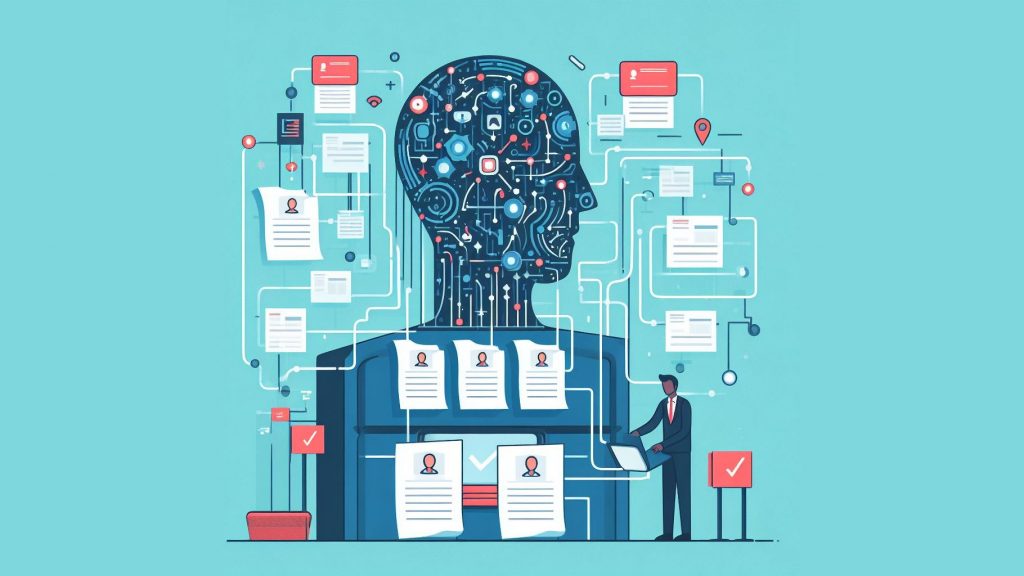
These technologies, while possessing the transformative potential to revolutionize industries and uplift societies, fundamentally recognize patterns, lacking the moral and ethical judgment to discern right from wrong. They learn from the data we provide, inheriting the biases of the past, and, without careful oversight, risk perpetuating these biases into the future.
As we embark on this exploration of bias within AI/ML, we navigate a delicate balance, teetering between the boundless potential of technological innovation and the ethical responsibility to prevent the perpetuation of existing disparities.
Unveiling the Types and Sources of Bias
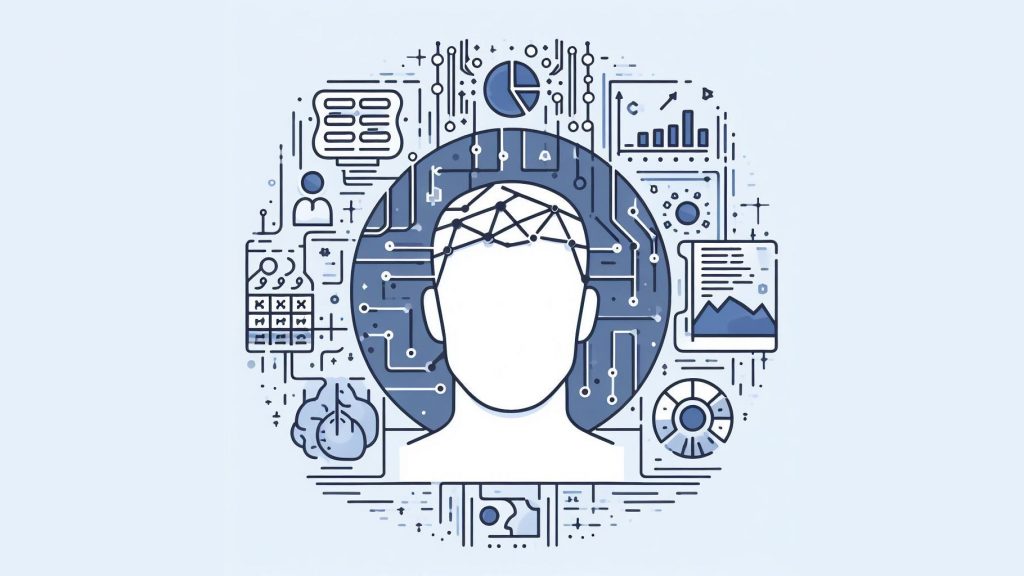
In the complex world of artificial intelligence and machine learning, bias subtly weaves through systems, often unnoticed, yet leaving a tangible, sometimes detrimental impact. Bias isn’t merely about skewed datasets or misaligned algorithms. It’s about the subtle, often unnoticed, permeation of societal prejudices, historical inequities, and unspoken beliefs into the digital realm.
Let’s explore the multifaceted nature of bias, starting with its two primary forms: explicit and implicit bias. Explicit bias is the intentional and conscious preference for one group over another. It’s the deliberate exclusion, preference, or prejudice based on observable characteristics. Conversely, implicit bias operates under the radar, subtly influencing decisions and behaviors without conscious awareness. It’s the unnoticed preference that sneaks into our actions, often contradicting our declared beliefs.
Now, let’s navigate through the various types of biases that often embed themselves in AI/ML systems, each with a brief illustrative example:
- Reporting Bias: This occurs when the data used to train models reflect biases present in our society, perhaps due to biased reporting or underreporting of particular groups or phenomena. For instance, crime reports might disproportionately highlight offenses committed by a particular demographic, skewing the data.
- Automation Bias: This is the tendency to favor results generated by automated systems, even when they’re flawed or incorrect. For example, trusting a navigation system that suggests a longer route simply because it’s machine-generated.
- Selection Bias: This arises when the data used is not representative of the population it’s meant to represent, thereby favoring one group over another. A health app developed using data primarily from male participants might not perform as well for female users.

- Group Attribution Bias: This occurs when stereotypes about a group are applied to an individual from that group. For instance, assuming a person from a particular country must be proficient in software development.
- Implicit Bias: This is the unconscious attribution of particular attitudes or stereotyping of a group, which affects understanding, actions, and decisions in an unconscious manner. For example, a recruitment tool might favor resumes with certain names, reflecting societal biases.
- Systemic Bias: This is the bias that is embedded in the systems and structures of organizations, often reflecting wider societal biases. For instance, a loan approval model might disfavor applicants from lower-income neighborhoods due to historical financial data.
- Overfitting and Underfitting Bias: Overfitting occurs when a model learns the training data too well, capturing noise along with underlying patterns, while underfitting happens when the model fails to capture the underlying patterns in the data. A model predicting stock prices might perform exceptionally well on the training data but fail miserably in real-world scenarios due to overfitting.
- Overgeneralization: This happens when conclusions about a group are applied too broadly, often stemming from a limited or skewed dataset. For example, an AI model might generalize customer preferences based on a limited sample, leading to inaccurate predictions.
Data, the raw material from which models are sculpted, often carries the imprints of our societal beliefs and practices. The data we feed into our models often emanates from a world where biases, both subtle and explicit, have existed for centuries. Thus, the biases in data are not merely numerical discrepancies but reflections of our collective beliefs, actions, and history.
Real-World Implications of Biased AI/ML Systems
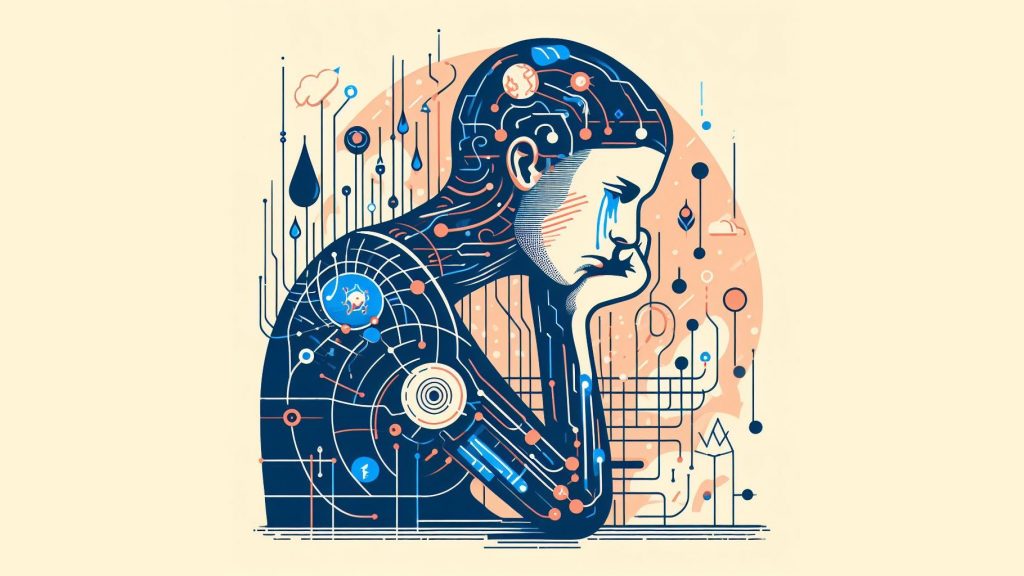
The real-world implications of these biases are not merely theoretical or moral dilemmas but have tangible, often detrimental consequences on individuals and communities.
Take, for instance, the case of the COMPAS system, which was designed to predict the likelihood of US criminals reoffending. A 2016 investigation by ProPublica revealed a stark racial bias, with the system erroneously flagging African-American defendants as high risk at nearly twice the rate of their white counterparts. The misclassification and misjudgment by the system were not merely numbers going awry but had real-world implications, affecting lives, and perpetuating racial stereotypes and disparities.
Similarly, a healthcare algorithm used across US hospitals, designed to predict which patients might require extra medical care, showcased a glaring bias against African-American patients. The algorithm equated healthcare cost with healthcare needs, failing to account for the disparities in healthcare access and payment methods between African-American and white patients. Consequently, these disenfranchised patients, despite having similar needs, were often sidelined, not qualifying for the additional care that their white counterparts did.
In another instance, Microsoft’s chatbot Tay, designed to learn from interactions with Twitter users, began sharing discriminatory and offensive tweets within 24 hours of its launch. Tay, which was supposed to learn and engage in playful conversations, ended up mirroring and amplifying the prejudiced and harmful messages it was fed by users, showcasing how AI can inadvertently become a megaphone for societal biases.
The stakes are high, and as we navigate through the labyrinth of AI/ML advancements, it becomes imperative to scrutinize, understand, and mitigate these biases, ensuring that the technology serves as an equitable tool for progress and not a perpetuator of disparities.
Mechanisms and Nuances of Bias in AI/ML Systems
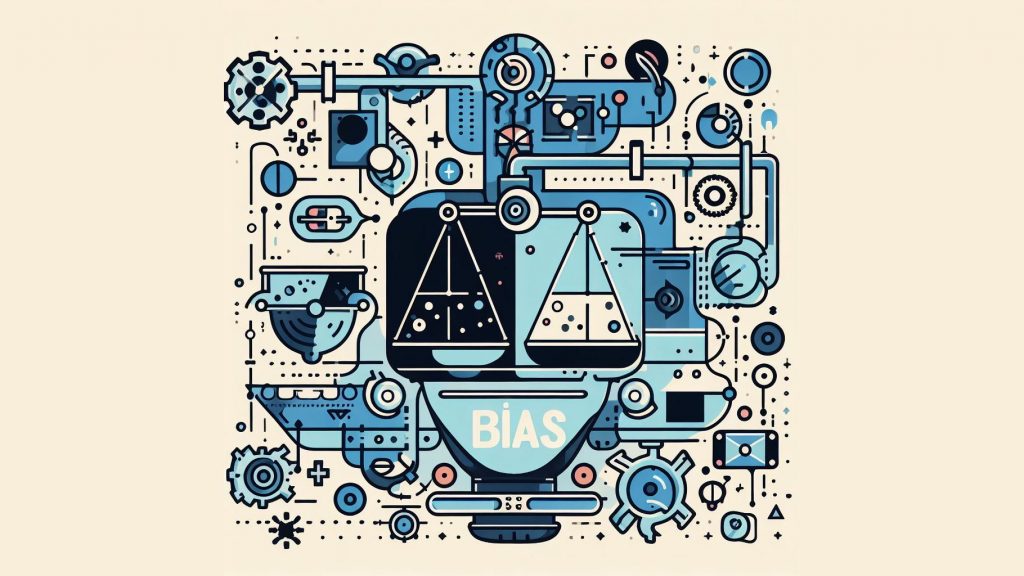
Data-Driven Biases
Data-driven biases arise when AI systems learn from data that mirrors societal biases, thus perpetuating these biases in their predictions and decisions. The data, sourced from historical and present societal norms and practices, can inadvertently instruct AI systems to reflect and even amplify existing biases, particularly when it underrepresents or misrepresents certain populations or phenomena.
Algorithmic Biases
Algorithmic biases originate from choices made during the design of model architecture and algorithm selection. AI systems, built entirely from patterns in the examples they are provided, optimize for the behaviors they are instructed to prioritize. Without intentional consideration for potential biases in the data, algorithms may unintentionally favor certain groups or outcomes, embedding biases into the system.
Human Biases
Human biases permeate AI/ML systems through the choices, beliefs, and prejudices of the developers, data annotators, and decision-makers involved in the system’s development and deployment. These biases, often unconscious, can influence the selection of training data, the definition of success metrics, and the interpretation of results, subtly embedding human prejudices into the AI system.
Feedback Loop Biases
Feedback loop biases occur when AI systems, particularly those that learn and adapt over time, amplify initial biases by continuously learning from biased predictions or decisions. The system, by reinforcing its own biased decisions, creates a feedback loop, where biased predictions lead to biased actions, which further reinforce the biased predictions.
Societal and Systemic Biases
Societal and systemic biases reflect the broader prejudices and disparities present in society, infiltrating AI/ML systems through biased laws, practices, and norms. These biases, deeply embedded in societal structures, can subtly influence the data and decisions of AI systems, perpetuating and sometimes amplifying existing societal disparities.
Fairness Through Unawareness: A Closer Look at a Simplistic Approach
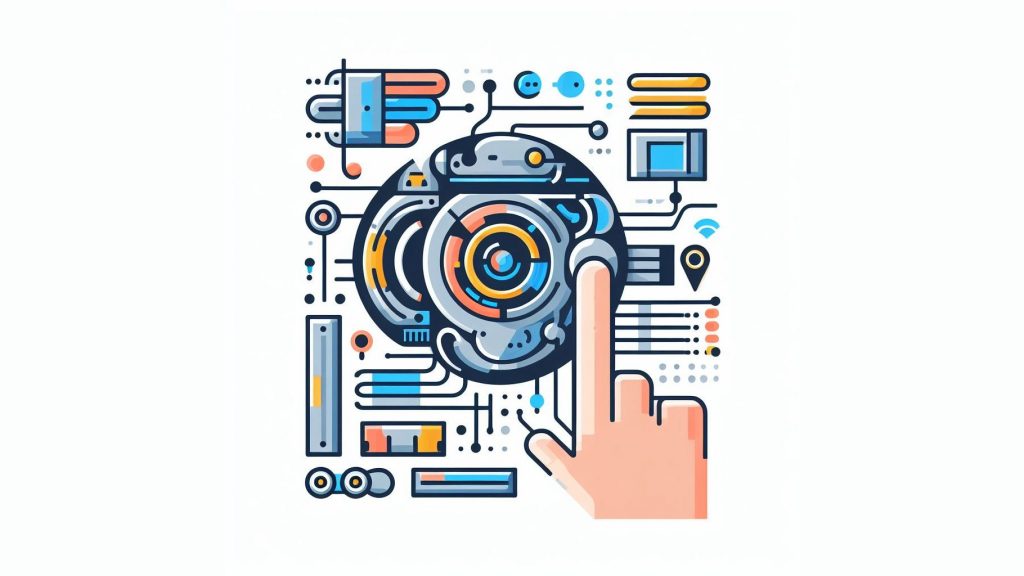
Fairness through unawareness is an approach that seeks to mitigate bias by selectively removing sensitive information, such as demographic attributes, from the training data. At first glance, it might appear to be a straightforward solution to prevent discrimination based on certain characteristics. However, this method often falls short in practice. AI systems, proficient at detecting patterns, may still infer the removed information using other related features, subtly perpetuating the bias. Moreover, this approach tends to mask the symptoms of bias rather than addressing the underlying issues embedded in the data and algorithms.
Two primary strategies underpin fairness through unawareness:
- Removing Features: Deleting specific features, like demographic attributes, with the intention of preventing bias. However, the AI system might recover the signal of the removed feature by combining other features, perpetuating the bias in a subtler and harder-to-detect manner.
- Removing Instances: Deleting or adding specific data points with the intention of mitigating bias. This strategy is tricky to implement effectively and can hamper the system’s ability to deal with reality, potentially leading to ineffective AI systems.
Addressing the root causes of bias in AI/ML systems involves a more complex, long-term commitment. While strategies like fairness through unawareness might offer temporary solutions, true fixes, which may include improving training approaches, algorithms, and data preparation, or even altering societal norms and practices reflected in the data, require a substantial and sustained effort.
Mitigating and Addressing Bias in AI/ML
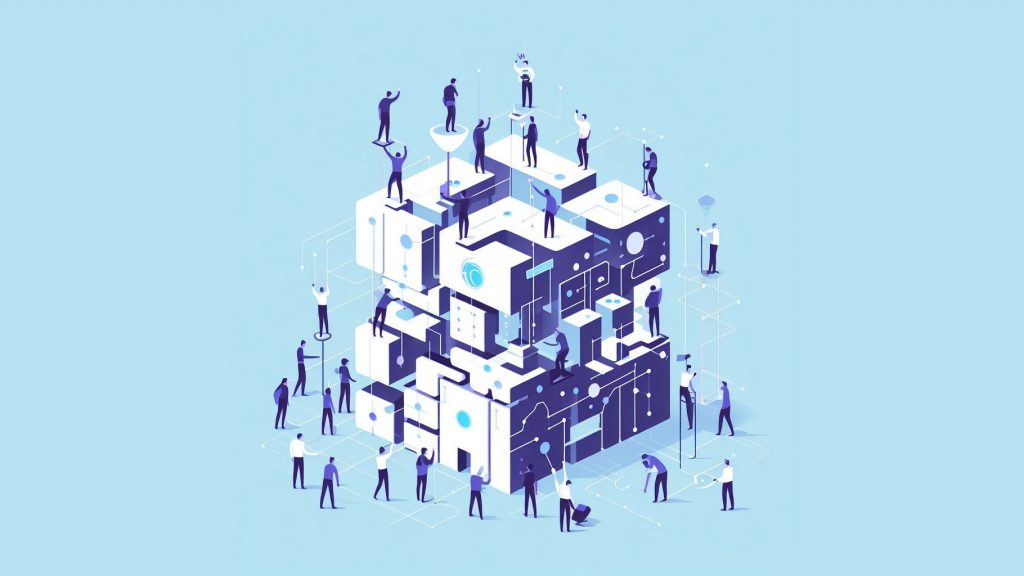
- Awareness and Acknowledgment: The first step towards mitigating bias in AI and ML involves acknowledging its existence and understanding its potential impacts. It is imperative to approach AI development with a conscious understanding that biases exist and can significantly impact the outcomes and fairness of AI systems.
- Inclusive Data Practices: Ensuring that data practices are inclusive and representative of diverse populations is pivotal. The data used to train AI models should be carefully curated to avoid perpetuating existing biases and to ensure that the AI system can serve all users equitably. This involves scrutinizing data sources, being mindful of potential exclusionary practices, and ensuring that data is representative of varied demographics and scenarios. It is also crucial to be mindful of the potential pitfalls of “fairness through unawareness” and to approach data curation and utilization with a robust strategy that genuinely mitigates bias.
- Algorithmic Fairness: Developing algorithms that consciously counteract biases involves more than just technical adjustments. It requires a thorough understanding of the underlying issues and a commitment to developing solutions that promote fairness. This might involve exploring different algorithmic approaches, adjusting objective functions, and being mindful of the potential unintended consequences of algorithmic decisions. It is not merely about removing certain features or data points but about ensuring that the algorithms actively promote fairness and do not perpetuate harmful biases.
- Continuous Monitoring and Auditing: Continuous monitoring and auditing of AI systems are vital to ensure that they do not perpetuate bias and that they perform equitably across different scenarios and user groups. This involves regularly evaluating models for potential biases, understanding their impacts, and adjusting them accordingly. It is also crucial to have mechanisms in place that allow for quick adjustments and refinements to AI models to address any issues promptly and effectively.
- Ethical AI Development: Adopting ethical guidelines throughout the AI development lifecycle ensures that ethical considerations are embedded at every stage of development. This involves ensuring that ethical considerations are not an afterthought but are integral to the development, deployment, and monitoring of AI systems. It also involves ensuring that AI systems are developed with a commitment to fairness, transparency, and accountability, and that they adhere to ethical principles that prioritize user welfare and equitable outcomes.
- Utilizing Synthetic Data: Exploring the potential of synthetic data in mitigating bias involves understanding how synthetic data can be used to augment training data and to create more balanced and representative datasets. This might involve generating synthetic instances that help balance datasets and ensure that AI models are exposed to a diverse range of scenarios and examples. However, it is crucial to approach the use of synthetic data with caution and to ensure that it is used in a manner that genuinely enhances the fairness and robustness of AI models.
Future Prospects and Challenges
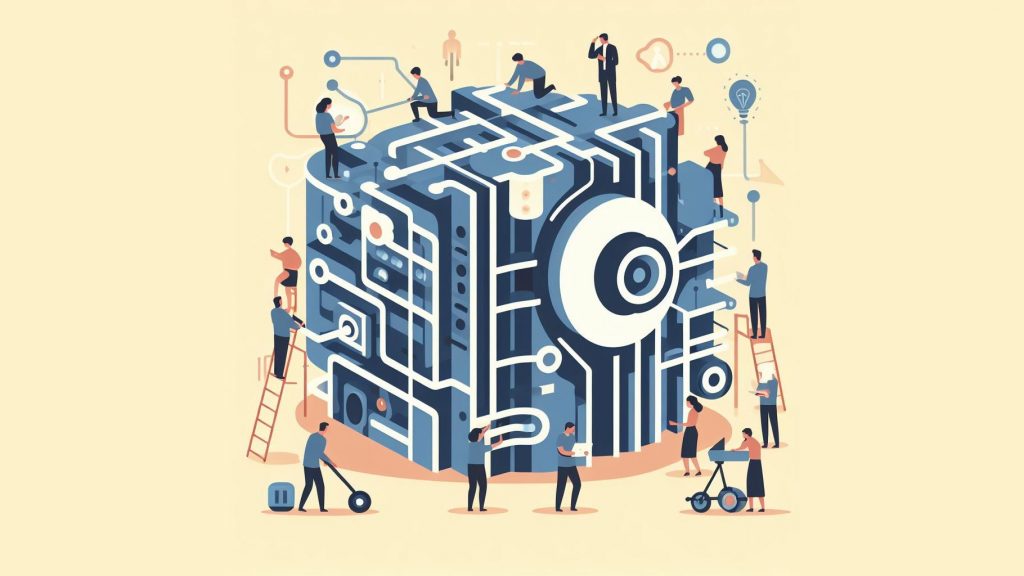
Navigating the intricate web of opportunities and hurdles in artificial intelligence (AI) demands a meticulous exploration of ethical, technical, and societal dimensions. Let’s talk about some of the facets of these prospects and challenges.
- Balancing Bias and Variance: The equilibrium between bias and variance in machine learning models is a subtle yet vital aspect of ensuring model accuracy. Bias, representing errors from overly simplistic assumptions, and variance, indicating errors from excessive complexity, must be harmoniously balanced to prevent models from underfitting or overfitting. The future beckons for the development of algorithms that can adeptly navigate this balance, ensuring models are neither too naive nor too intricate, and can generalize effectively to new, unseen data.
- Legal and Regulatory Frameworks: Developing robust legal and regulatory frameworks that safeguard individual and societal interests is imperative in the evolution of AI technologies. These frameworks must address critical aspects like data privacy, security, and accountability while also encouraging innovation. The challenge and opportunity lie in developing regulations that are both protective and flexible, and in establishing standardized legal frameworks that cater to the dynamic and varied applications of AI technologies across different domains.
Conclusion
The journey towards unbiased AI is not merely a technical challenge but a societal one, demanding a collective effort from technologists, policymakers, and society alike. It is a call to action for all stakeholders to not only develop AI systems that are unbiased but to also harness the power of AI to foster a more unbiased, equitable world. This involves utilizing AI technologies to uncover, understand, and mitigate existing biases within various societal and industrial domains, ensuring that the technology serves as a tool for progress, equity, and positive change.



